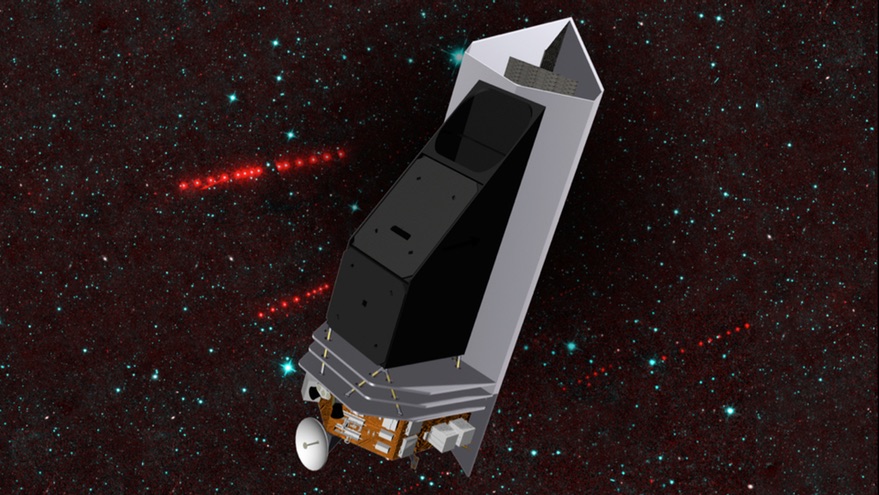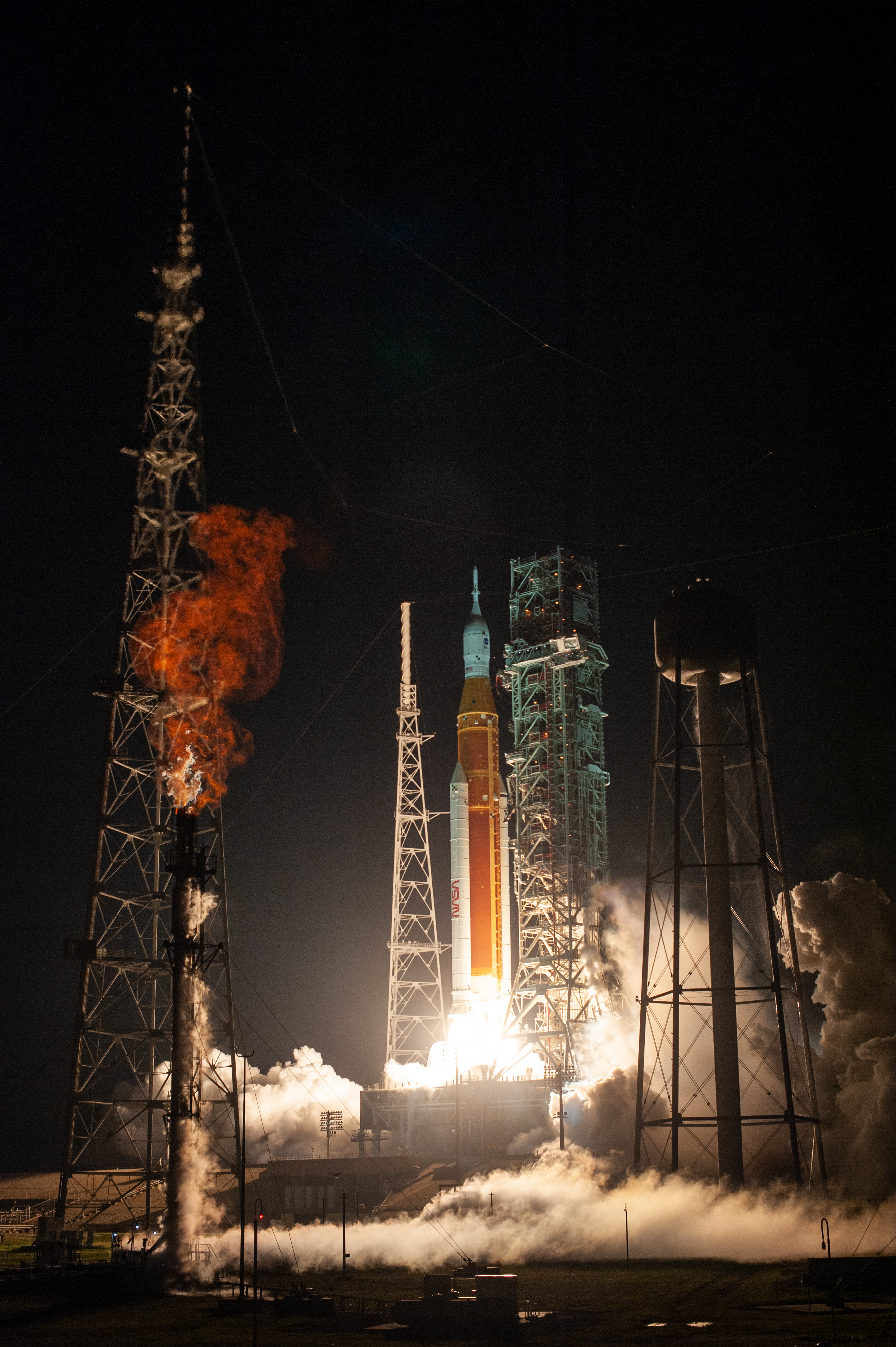SpaceX is targeting the first flight test of a fully integrated Starship and Super Heavy rocket from Starbase in Texas
SpaceX is targeting as soon as Thursday, April 20 for the first flight test of a fully integrated Starship and Super Heavy rocket from Starbase in Texas. The 62 minute launch window opens at 8:28 a.m. CT and close at 9:30 a.m. CT. SpaceX’s Starship spacecraft and Super Heavy rocket – collectively referred to as Starship – represent a fully reusable transportation system designed to carry both crew and cargo to Earth orbit, the Moon, Mars and beyond.
STARSHIP FLIGHT TEST
SpaceX is targeting as soon as Thursday, April 20 for the first flight test of a fully integrated Starship and Super Heavy rocket from Starbase in Texas. The 62 minute launch window opens at 8:28 a.m. CT and close at 9:30 a.m. CT.
Starship is a fully reusable transportation system designed to carry both crew and cargo to Earth orbit, help humanity return to the Moon, and travel to Mars and beyond. With a test such as this, success is measured by how much we can learn, which will inform and improve the probability of success in the future as SpaceX rapidly advances development of Starship.
To date, the SpaceX team has completed multiple sub-orbital flight tests of Starship’s upper stage from Starbase, successfully demonstrating an unprecedented approach to controlled flight. These flight tests helped validate the vehicle’s design, proving Starship can fly through the subsonic phase of entry before re-lighting its engines and flipping itself to a vertical configuration for landing.
In addition to the testing of Starship’s upper stage, the team has conducted numerous tests of the Super Heavy rocket, which include the increasingly complex static fires that led to a full-duration 31 Raptor engine test – the largest number of simultaneous rocket engine ignitions in history. The team has also constructed the world’s tallest rocket launch and catch tower. At 146 meters, or nearly 500 feet tall, the launch and catch tower is designed to support vehicle integration, launch, and catch of the Super Heavy rocket booster. For the first flight test, the team will not attempt a vertical landing of Starship or a catch of the Super Heavy booster.
A live webcast of the flight test will begin ~45 minutes before liftoff. As is the case with all developmental testing, this schedule is dynamic and likely to change, so be sure to stay tuned to our social media channels for updates.
As we venture into new territory, we continue to appreciate all of the support and encouragement we have received from those who share our vision of a future where humanity is out exploring among the stars!





































